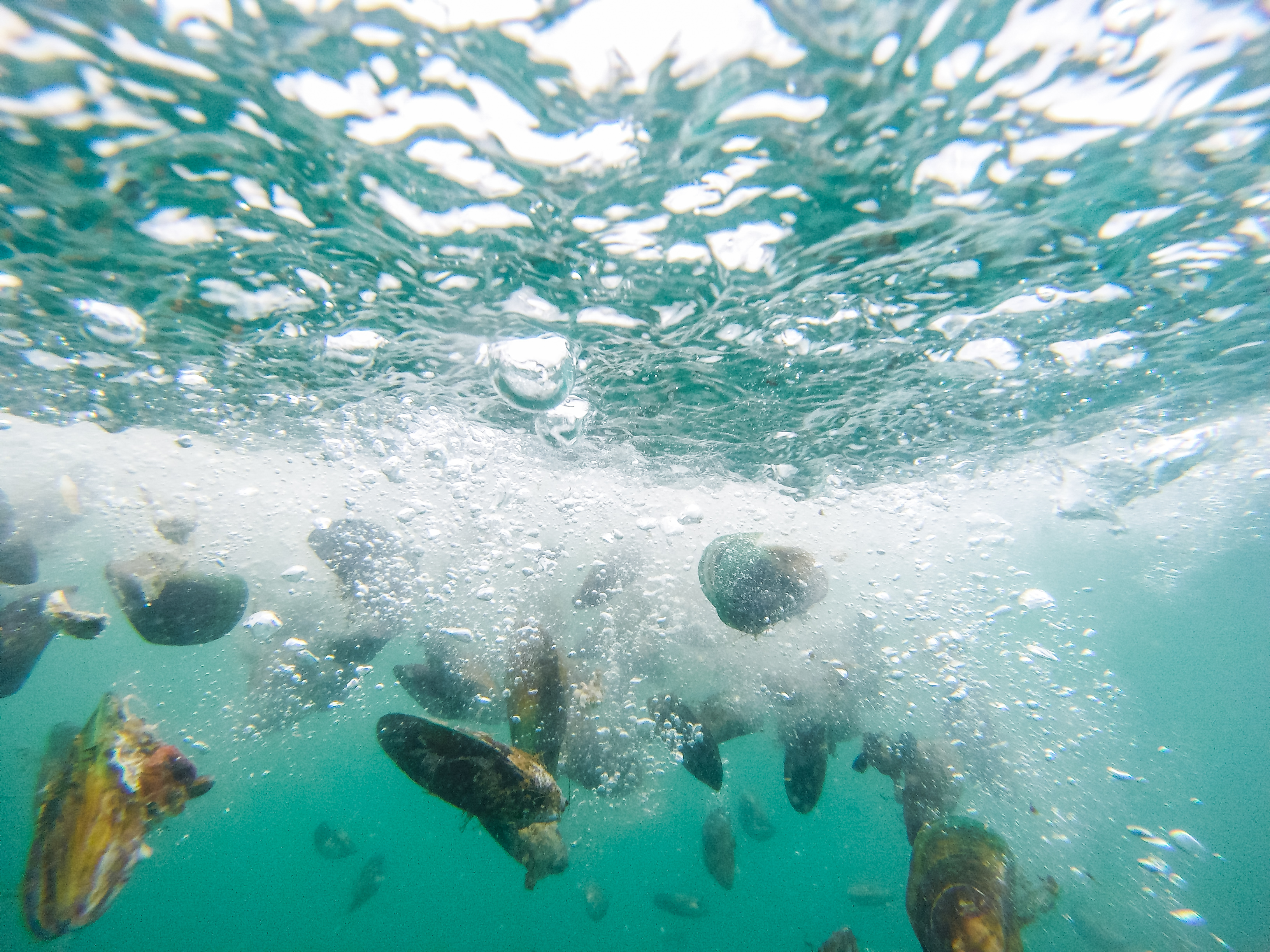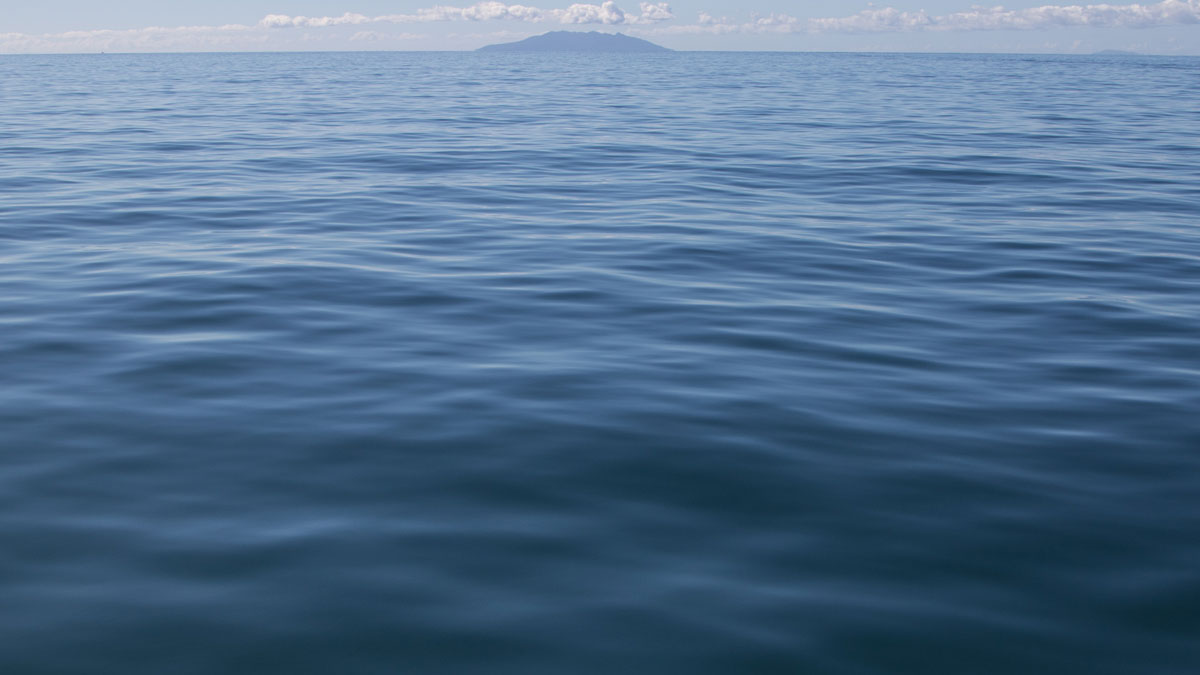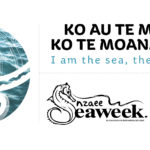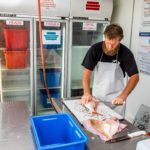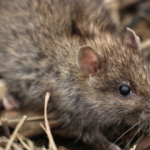Five living fish nurseries have been installed around the Mahurangi Harbour by Revive Our Gulf. The nurseries have been formed by laying more than 50 tonnes of mussels (the weight of more than a dozen school buses) on the seabed.
Revive Our Gulf want the reefs to be in place for the summer fish breeding season, when the young of species like snapper, are looking for a suitable habitat to hide out and feed. Pilot mussel beds installed last year were a huge success, with baby snapper, koheru, goatfish, spotties and even squid seen using the beds.
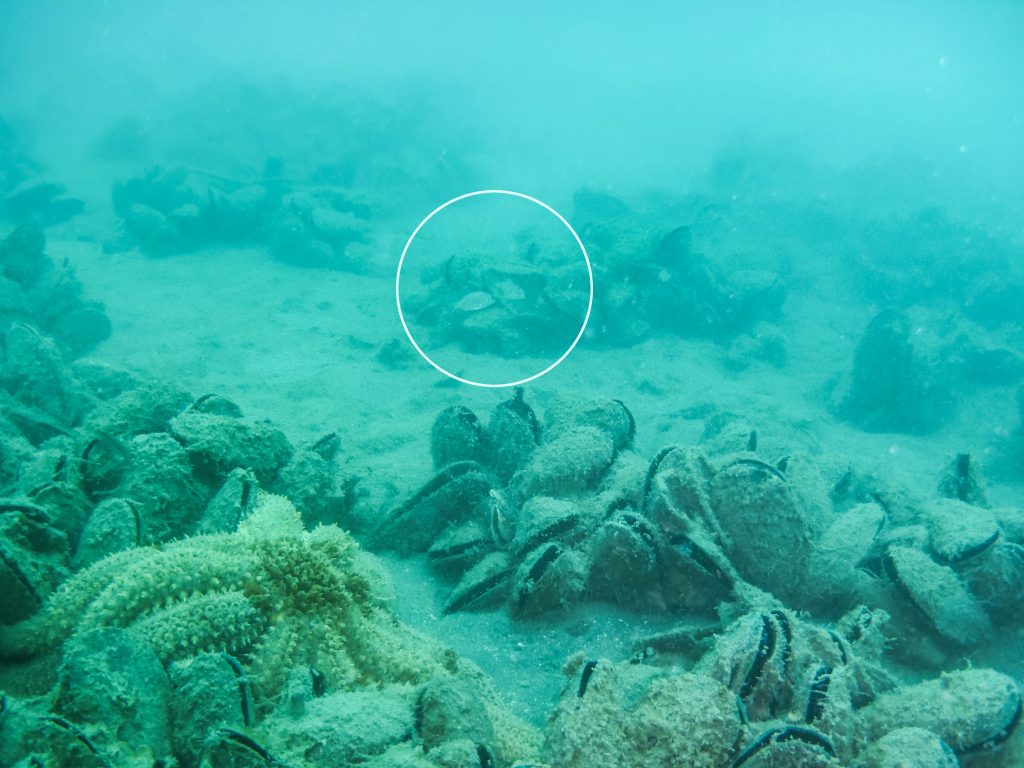
Revive our Gulf was formed in 2012 with a vision to restore the lost mussel reefs of the Hauraki Gulf. The trust works with Government, iwi, Auckland University, and the aquaculture industry who supply the mussels for planting. NIML (North Island Mussels Limited) supplied five truck loads of mussels each weighing 10 tonnes.
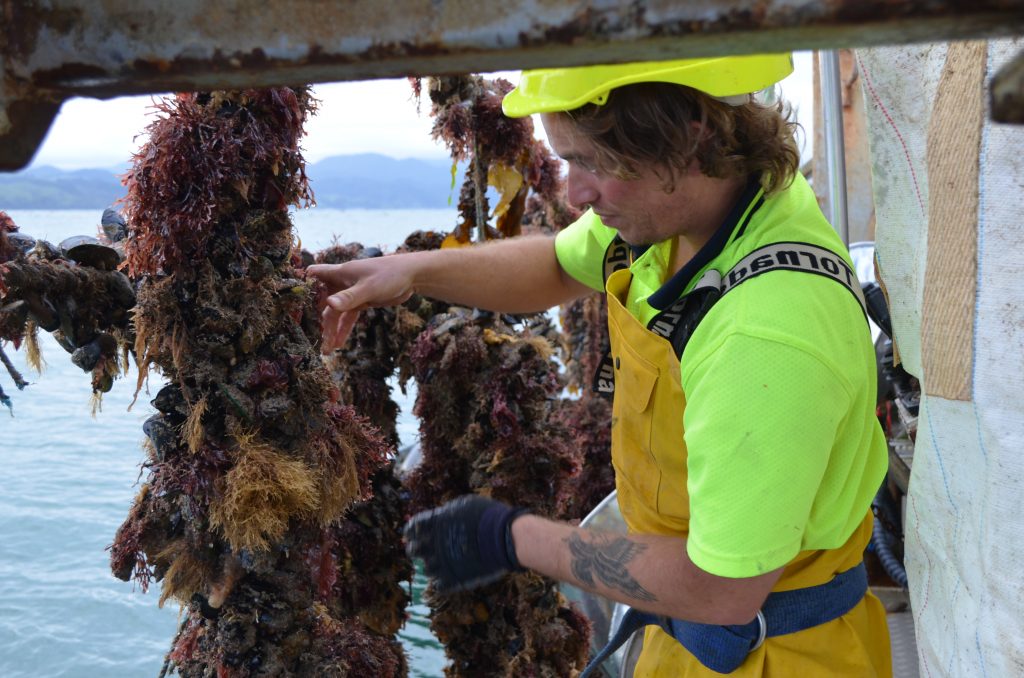
The mussels were driven up from Coromandel where they are grown then barged to restoration locations around the Mahurangi harbour by BioMarine an oyster farming company. Revive our Gulf volunteers then do the rest, carefully shovelling tonnes of mussels into the ocean.

After recovering from their long trip the mussels link together to form large beds which help filter the water. Mussel reefs are nurseries for juvenile fish and have 10 x more fish than the barren seafloor of the Hauraki Gulf.

The operation was conducted in accordance with biosecurity provisions required by Ministry for Primary Industries and largely funded by the Ministry for the Environments Community Environment Fund.
Marine scientist Peter van Kampen who managed the project for Revive our Gulf says “Of the 1200 km2 of historical mussel beds which were once found within the Hauraki Gulf we’ve restored < 0.1 km2, so we have a lot of work to do.”
Peter is also a keen fisherman and is excited about what could be achieved with large scale reef restoration…”I spend a lot of time in, on or around the water on the Hauraki Gulf. We are constantly taking from the Gulf and this is my way of giving back, I want to restore and enhance the Mauri (lifeforce) of the Hauraki Gulf.”


